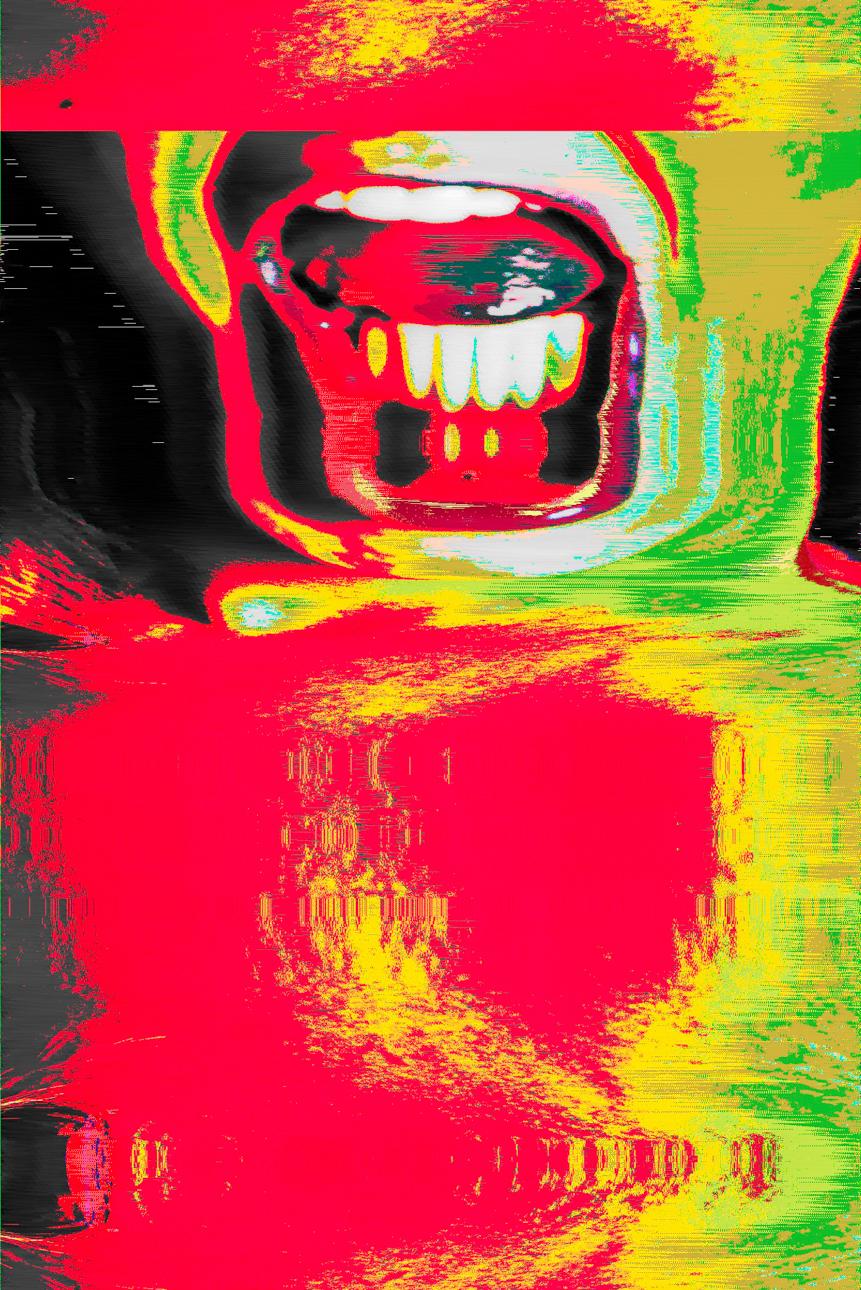
Put in chaos
Photography is the result of a device. More precisely, photography is the result of the correct operation of a device. Not from a technique of operation, but from an order of operation that begins with the perception of reality. Understanding that what is perceived, what is understood as reality is the result of the absorption of images, that the construction of the lexicon with which one communicates (with) the world is the result of all the images that one has ever seen, means to affirm a dependence to the image perception. Thus, the use of the photographic device determines what we consider reality, in a circularity between perception and production that highlights the political and social relevance of photography.
Authors such as Flusser and Berger proposed the brightening of the black box of photography, of the hermetic structure that makes up the device as used daily, that is, to understand the process by which the world is converted – technically – into an image so that it can also brighten the process by which an image is transformed into a world. So, experimenting with photography implies investigating, beyond the possibilities of the medium, the interpretive capacities of reality. Analog photography, freed from its function by technological evolution, already follows these paths by allowing itself to be something beyond what the program of its device authorized, by exploring different supports or processes and by the organic results of languages that derive from this experimentation.
Digital photography, on the other hand, is order. The ordering code of the numerical structure does not invite experimentation. On the contrary, any change in the program is an error, a crash. The digital image world is thus restricted to the existence of what is allowed by the program. Leaving the order means breaking, damaging, preventing the correct and perfect functioning of the device. The digital manifestation presents itself as the only way, as everything (1) or nothing (0) in which the machine imposes: either do it my way or I break. The anxiety of digital life is the result of the natural need for experimentation prevented by the program, of the need to seek the new by restructuring the order.
The being that operates the camera is organic, the body adapts, molds the form to the world and the world to its needs. It turns wrong into norm, normal into old and doubt into creation. To brighten the digital black box is to show that there is a plurality of possible organizations, interpretations and actions that, in their own way, give meaning to the world and the perception of reality. The fetish for order needs to be confronted by chaos, because the conservatism of order is the idolatry of backwardness. Above all, untouched order is illusion, as chaos surrounds, infiltrates, crumbles certainty. To accept the inevitability of chaos is to understand finitude, mutability, to know the inconstancy of experience and that everything that is understood – and how it is understood – will one day be supplanted by the new. To cry out for order is to chain yourself to a time that has already passed.
The imposed order, repeated and circular, invokes morality for morality's sake, doing because it is customary and being because it is due. Chaos is reflexive. It needs to prove effective and possible. The new comes from experimenting, reorganizing, reviewing and rebuilding. The impassive order is blind to the new.
Created by the process, curiously called databending – a name that assumes that the data is malleable, moldable, and that, contrary to what the digitally ordered world proposes, its handling does not result in an error, but in a new order – the images are the result of the damage of digital photographs by the random modification of its structure, either by editing the data that form it, or by applying programming codes that corrupt it. The result that can be seen, as chaotic as unexpected, is the materialization of chaos as an image, resulting from the reorganization of the digital image in its most basic order, interpreted and experienced as a new possibility, in which the referent is no longer what it should be. being, but its potency, that which can become.
To put in chaos is to allow an experimental experience in a program that values the imposed organization. It is to demonstrate that the image, source and result of reality, can fail to comply with what is allowed by the device, it is to make the body, morality and certainty the raw material, the code of a new program.



